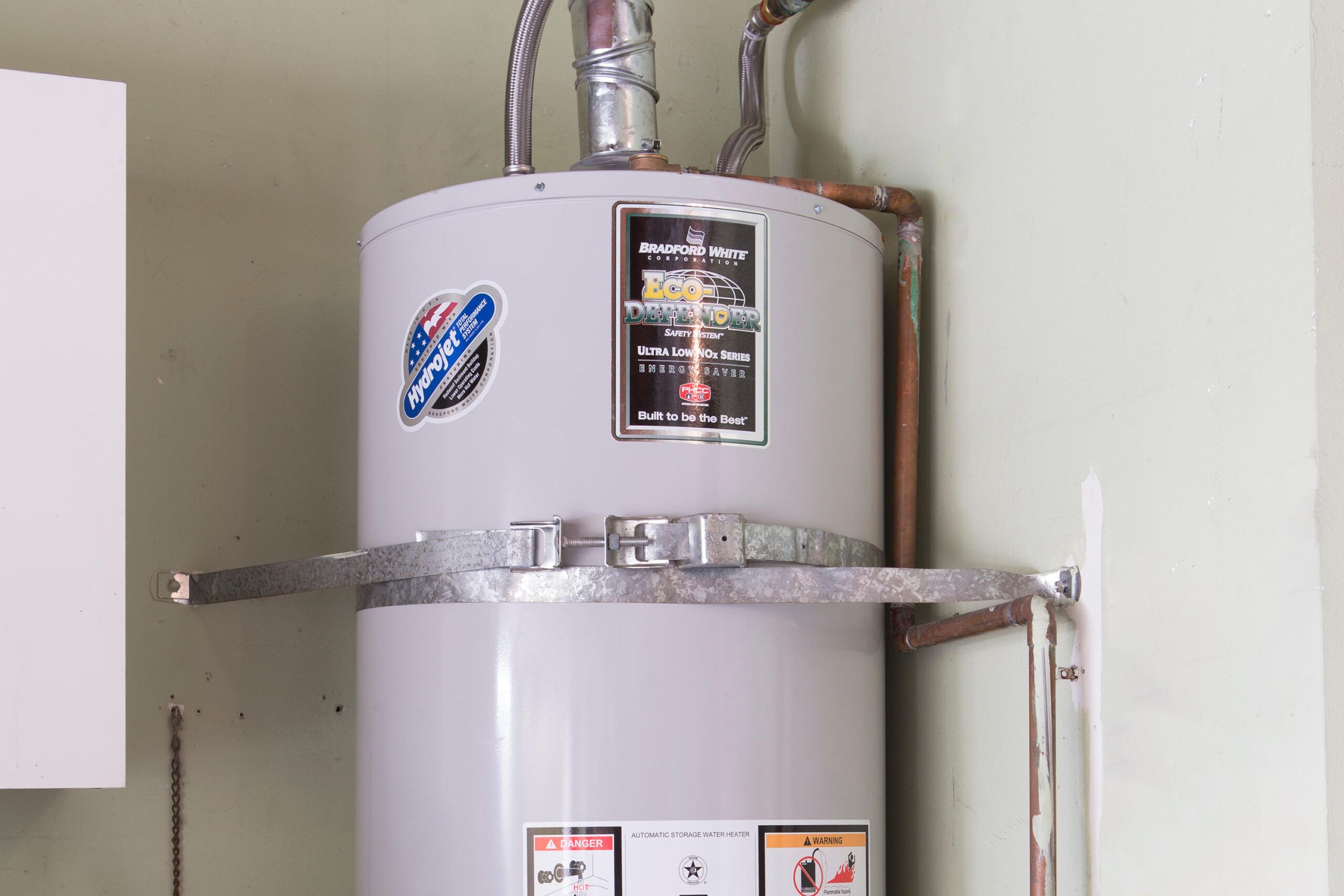Each person maintains their own individual piece of advice when it comes to How to Maintain Your Water Heater & Prolong its Life.

Warm water is necessary for everyday comfort, whether it's for a revitalizing shower or cleaning meals. To ensure your hot water system runs efficiently and lasts much longer, normal upkeep is essential. This short article provides sensible ideas and insights on how to keep your home's warm water system to prevent disruptions and pricey repair work.
Intro
Keeping your home's hot water system might appear overwhelming, however with a few simple steps, you can ensure it runs efficiently for years to come. This guide covers every little thing from understanding your hot water system to do it yourself maintenance pointers and understanding when to call expert aid.
Significance of Keeping Your Hot Water System
Normal maintenance not just extends the lifespan of your warm water system but additionally ensures it operates successfully. Overlooking upkeep can cause decreased performance, higher power bills, and even early failure of the system.
Indicators Your Warm Water System Needs Upkeep
Recognizing when your hot water system needs focus can stop significant issues. Keep an eye out for signs such as irregular water temperature, weird noises from the heating system, or rusty water.
Purging the Water Heater
Purging your water heater eliminates debris buildup, enhancing performance and lengthening its life.
Checking and Replacing Anode Rods
Anode rods protect against corrosion inside the tank. Checking and changing them when worn is crucial.
Complicated Concerns Requiring Specialist Help
Examples consist of major leaks, electric problems, or if your water heater is continually underperforming.
Routine Expert Upkeep Benefits
Expert upkeep can include extensive examinations, tune-ups, and ensuring compliance with safety and security criteria.
Inspecting and Adjusting Temperature Setups
Readjusting the temperature level setups ensures ideal efficiency and safety and security.
Do It Yourself Tips for Maintenance
You can carry out numerous upkeep jobs yourself to keep your warm water system in leading problem.
Looking for Leaks
Frequently examine pipelines and links for leakages, as these can bring about water damages and greater bills.
Understanding Your Hot Water System
Before diving right into upkeep tasks, it's valuable to recognize the standard parts of your hot water system. Typically, this includes the water heater itself, pipes, anode rods, and temperature controls.
Regular Monthly Maintenance Tasks
Routine regular monthly checks can assist capture minor issues before they escalate.
Testing Pressure Relief Valves
Evaluating the pressure relief valve ensures it functions correctly and avoids excessive pressure build-up.
Shielding Pipelines
Protecting warm water pipelines minimizes warm loss and can save energy.
When to Call an Expert
While do it yourself upkeep is useful, some issues require specialist know-how.
Conclusion
Normal upkeep of your home's hot water system is essential for effectiveness, durability, and cost savings. By adhering to these ideas and understanding when to seek specialist aid, you can make sure a reputable supply of hot water without unexpected disruptions.
How to Maintain an Instant Hot Water Heater
Before tinkering with your hot water heater, make sure that it’s not powered on. You also have to turn off the main circuit breaker and shut off the main gas line to prevent accidents. Also turn off the water valves connected to your unit to prevent water from flowing into and out of the appliance. 2. When you’re done, you have to detach the purge valves’ caps. These look like the letter “T†and are situated on either side of the water valves. Doing so will release any pressure that has accumulated inside the valves while at the same time avoid hot water from shooting out and burning your skin. 3. When the purge valves’ caps are removed, you have to connect your hosing lines to the valves. Your unit should have come with three hoses but if it didn’t, you can purchase these things from any hardware or home repair shops. You can also get them from retail stores that sell water heating systems. Read the user’s manual and follow it to complete this task properly. When the hosing lines are connected, open the purge port’s valves. 4. You should never use harsh chemical cleaners or solutions when cleaning your unit. Make use of white vinegar instead. It should be undiluted and you’ll probably use about 2 gallons. 5. Now flush your water heater. This task should probably take about 40 minutes. We can’t give you specific directions for this because the procedure is carried out depending on the type, model and brand of your heater. With that being said, refer to the user’s manual. 6. When you’re done draining the unit, you have to turn off the purge port valves again. Remove the hosing lines that you earlier installed on each of the water valves. Put the valve caps (purge port) back in their respective places and be very careful so as not to damage the rubber discs that are found inside these caps. 7. Now that everything’s back in place, check your user’s manual again to find out how to reactivate your water heating system. 8. Once it is working, turn one of your hot water faucets on just to let air pass through the heater’s water supply pipes. Leave the tap on until water flows smoothly out of it. https://www.orrplumbing.com/blog/2014/september/how-to-maintain-an-instant-hot-water-heater/

I was shown that article about How to Maintain a Hot Water Heater in a Few Simple Steps from a good friend on a different web address. Liked our entry? Please quickly share it. Let somebody else discover it. We truly appreciate your readership.
Book Maintenance